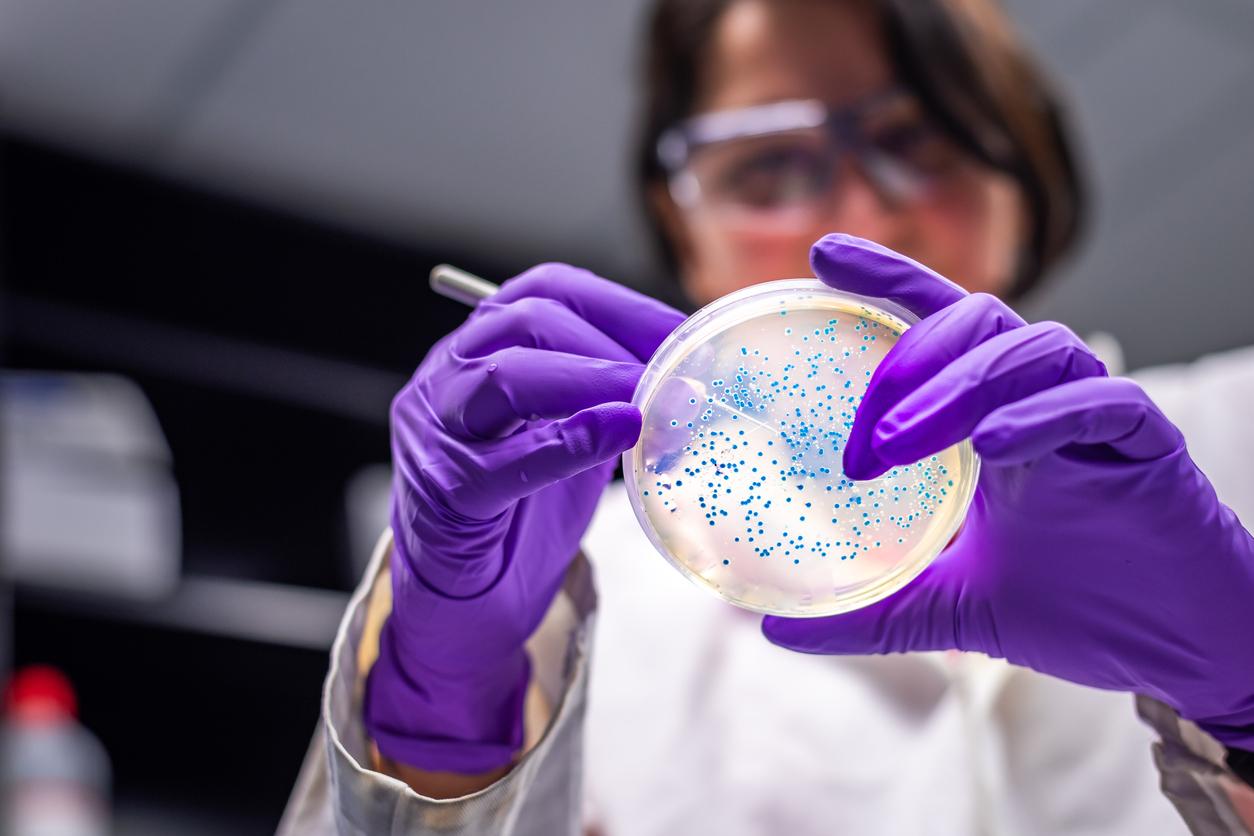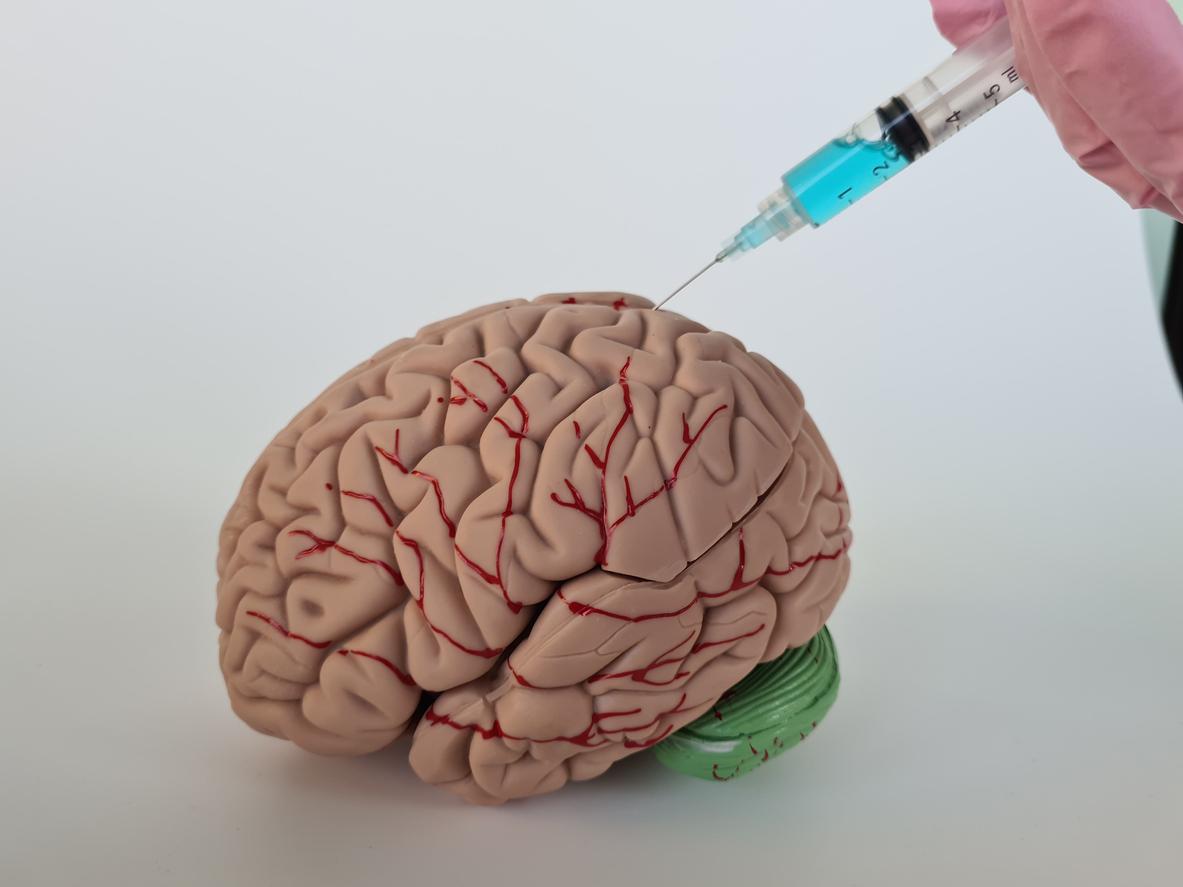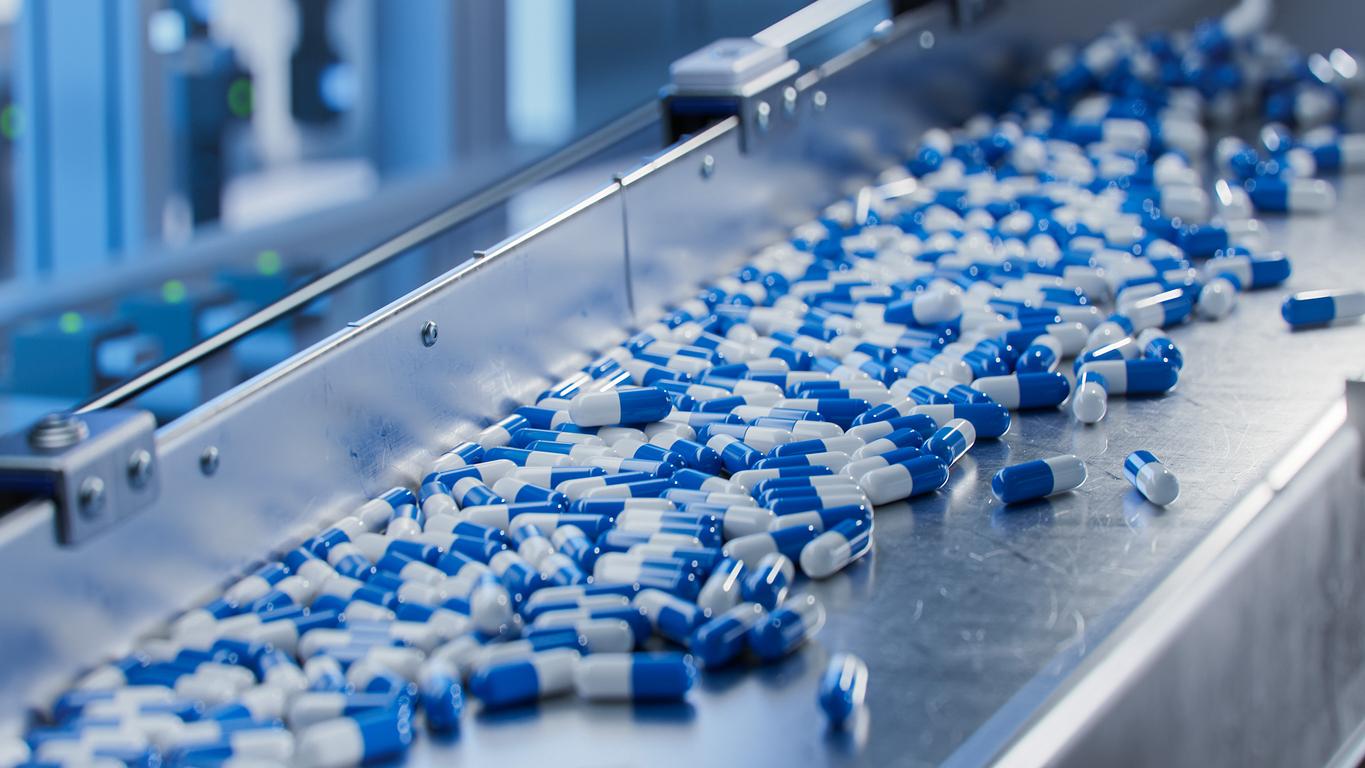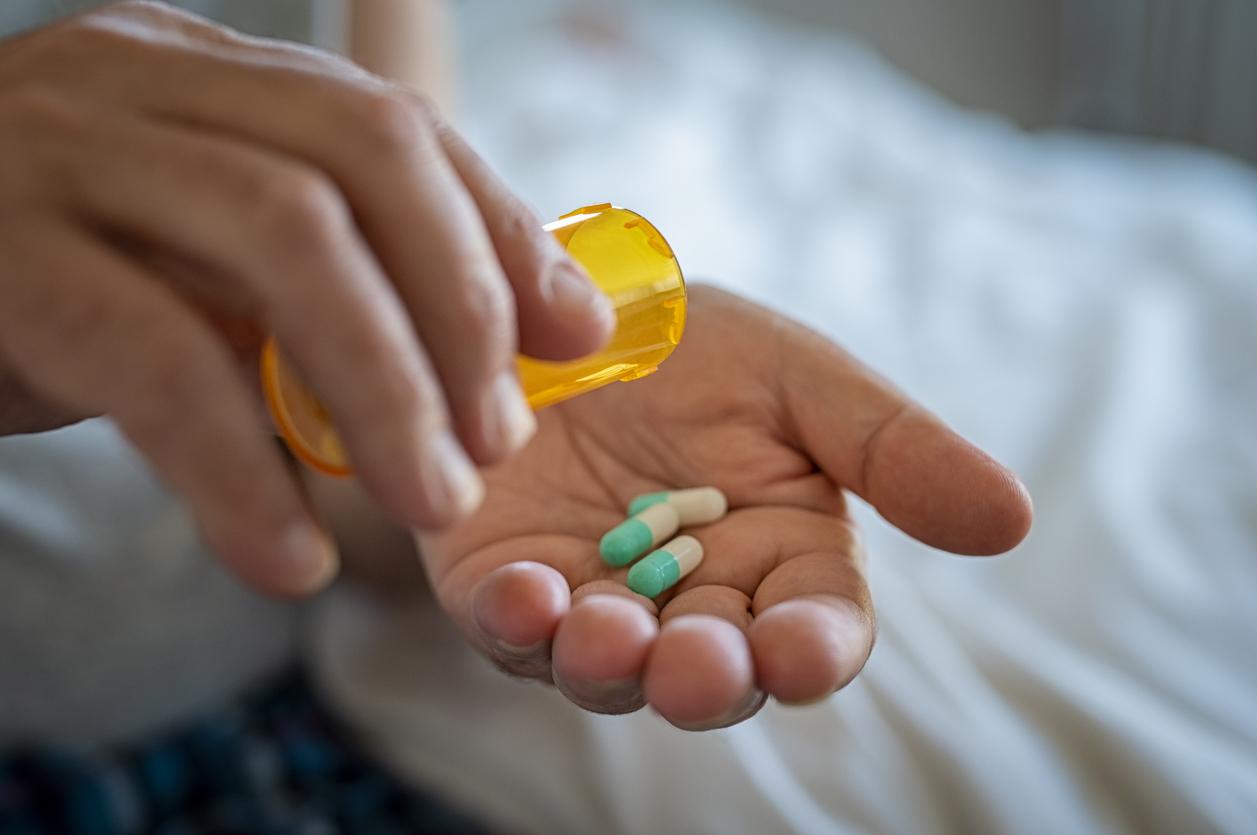A substance, produced by a very common skin bacteria, could help develop treatments against antibiotic-resistant infections.

- Infections with antibiotic-resistant bacteria are a growing global problem.
- Researchers have discovered a new bacteriocin in a common skin bacteria that could help develop treatments for resistant infections.
- However, they warn that the road to be taken to arrive at a new drug effective against antibiotic resistance still remains very long.
With more than 617,000 infections caused by antibiotic-resistant bacteria in Europe and 120,000 in France, antibiotic resistance is a growing public health problem. However, researchers from the University of Tromso (ITU Tea Arctic University of Norway) recently made a discovery that could be a game-changer. It is based on the study of bacteriocins, peptides naturally produced by certain bacteria and which have antibiotic properties and therefore toxic to other microorganisms.
There substance from a bacteria in the skin helps fight againstantibiotic resistance
During their experiments, scientists discovered a news bacteriocin produced by a very common skin bacteria called Staphylococcus haemolyticus. This substance “is not produced by all S. haemolyticusbut by one of the 174 isolates that researchers have available in the freezer“, specify the authors in a statement.
Called Romsacin, bacteriocin inhibits the growth of antibiotic-resistant bacteria. She has “broad antimicrobial activity, both against planktonic cells and bacterial biofilms. Romsacin is a promising contributor to the fight against antibiotic-resistant pathogens”write the authors in their article published in the journal Microbiology Spectrum.
This antimicrobial peptide, discovered by Norwegian researchers, could open up new treatment perspectives for difficult-to-treat infections, according to the team.
Resistance with antibiotics: it will take years to achieve a treatment
However, although the discovery of Romsacin is promising, the researchers emphasize that there is still a lot of work before it can be used as a medicine in humans. It is first necessary to determine the structure and mechanism of action of there bacteriocin, as well as its therapeutic potential when used alone or in combination with other compounds.
“This naturally means that there is a long way to go before we may we say anything with certainty. What we already know, however, is that it isa news bacteriocin and that it acts against certain types of bacteria resistant to antibiotics. That’s exciting”enthuses the researcher Runa Wolden.
She adds : “This discovery is the result of something we have been looking for for several years. Develop the Romsacin – or other promising substances – into new antibiotics is very expensive and can take 10 to 20 years.














